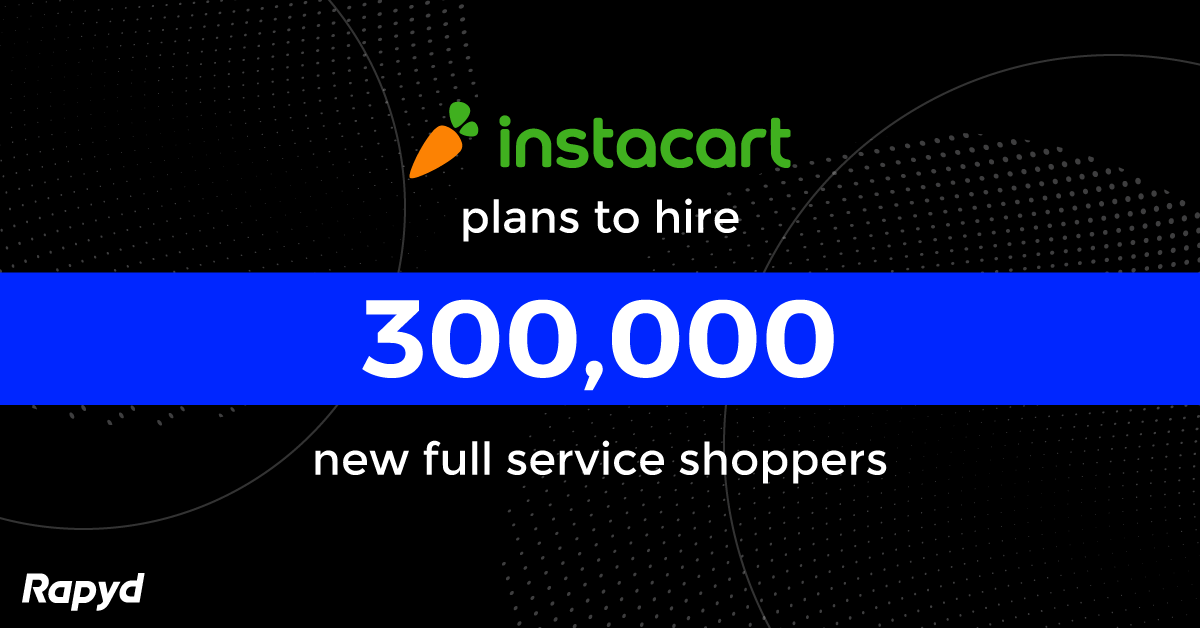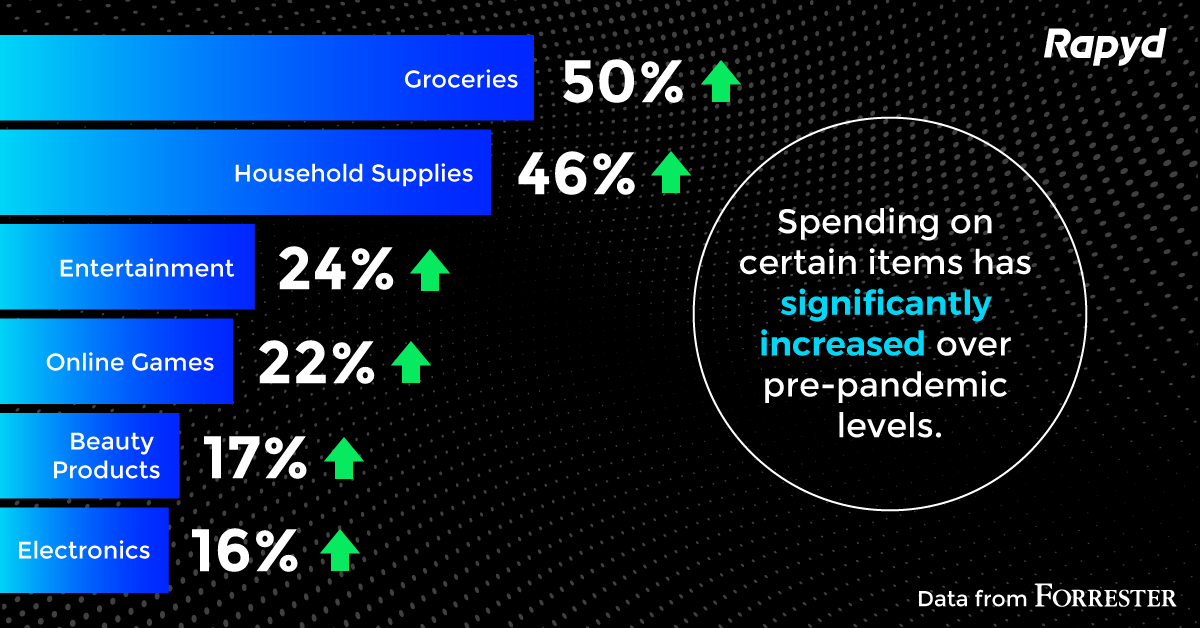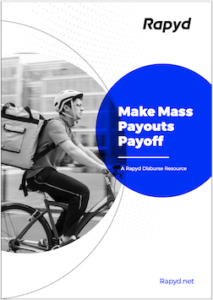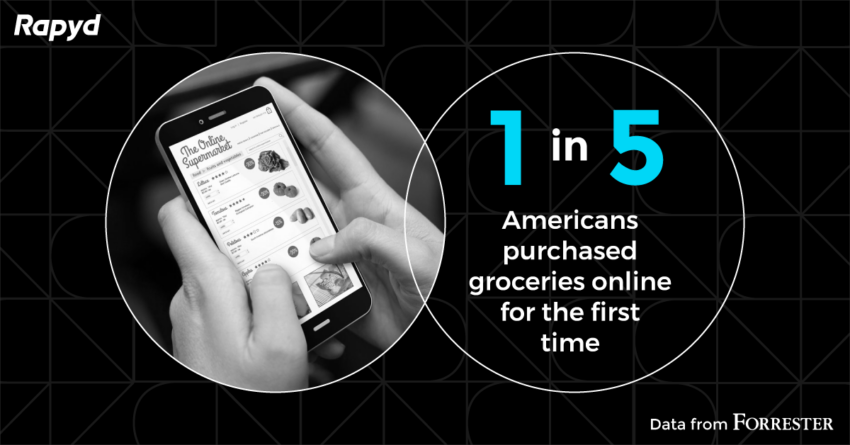This is the second in a series on the impact of COVID-19 on the digital economy. For more, please read Defying the COVID Economy: These Industries Thrive During the Economic Downturn
The economic damage caused by the COVID-19 pandemic has been widespread but not evenly felt across global economies. Some industries, like digital goods and grocery stores, are seeing massive increases while global retail sales overall are expected to be half a trillion lower than the previous year.
The gig-economy is one area where both hardship and opportunity exist in tandem. Having grown significantly over the last decade, it consists of 60 million workers in the U.S. alone and nearly 25% of India’s workforce take part in the gig economy according to the World Bank. While understandably hard-hit by the current economic climate, there is no indication that the gig-economy should be counted out. Some sectors, like transportation, are seeing significant declines as millions of people are homebound and drastically limiting travel.
However, the very self-isolation that is harming the ride-sharing sector is fueling increases in other gig-economy arenas like delivery services. Some traditional businesses, like local restaurants, are seeing the benefits of aligning with gig-economy delivery services to keep their own businesses afloat and opening up large new opportunities when the pandemic passes. Provided they can dramatically improve their localized and real-time payment methods in order to cater to a brand new and ever-expanding market.
Delivery Delivers for the Gig Economy

The gig-economy has shifted gears quite a lot in the last few weeks. Food delivery services are seeing a massive increase in orders as millions of people stuck at home are using delivery services to fulfill their basic needs for the first time.
To capitalize on this opportunity, gig-economy companies are massively increasing their recruiting. Food delivery giant Instacart plans to add more than 300,000 new full-service shoppers worldwide, an increase of 300% and Singaporean delivery service, Deliveroo, has seen an 80% increase in applications for delivery riders. They plan to add thousands more riders by the end of this quarter. Amazon, arguably one of the world’s largest online retailers and one particularly noted for its delivery services, plans to hire 100,000 workers worldwide to meet the demand for online purchases delivered door to door.
Expanded Demand for Delivery is Not Likely to Change

This increase in delivery jobs in the gig economy may have been borne out of the necessity but it is not likely that those trends will disappear once the restrictions are lifted. In fact, the gig economy has often been the beneficiary of major economic disruptions. Much of the current boom in the gig-economy has its roots in the Great Recession when the growth of non-employer companies actually outpaced traditional company growth likely due to the lower overhead costs.
Among the biggest indicators that this gig-economy growth may have lasting effects is just how many people have utilized it for the first time. While there are many barriers to the adoption of new technologies and services, inertia is definitely among them. Many people simply don’t adopt new ways of doing things because the old ways have worked well for them in the past. But when the old ways no longer work, the mental barriers to entry quickly come down.
We’re seeing that with delivery services during this pandemic. According to research conducted by Forrester, some 21% of Americans purchased groceries online for the first time during the pandemic. Some 17% ordered food online and had it delivered. In China, those numbers were similar1.
From the same study, we see that spending on delivery-enabled goods is one of the few sectors of the retail industry actually growing. Groceries are up 50%, household products are up 46%, personal care is up 17%, and electronics are up 16%1.
Food and retail delivery isn’t the only part of the gig economy seeing growth. Freelancer platforms such as Fiverr are currently filled with skilled workers who have been unemployed or underemployed offering cash-strapped companies access to a less expensive, more flexible, but still highly competent workforce without the overhead that comes from traditional employment.
History so often repeats itself. The boom that was sparked by the Great Recession helped shape the gig-economy we have today and there are indications that this time of economic turmoil may create similar results. It may currently be down, and when it returns it may look different than it did going in, but one thing is for sure, the gig economy cannot be counted out.

Did you know the way you pay workers, contractors, and sellers can be a strategic advantage?
Download Rapyd’s Make Mass Payouts Payoff Report
1.Source: Forrester Consumer Technographics COVID-19 Survey 1, 2020
Subscribe Via Email
Thank You!
You’ve Been Subscribed.



